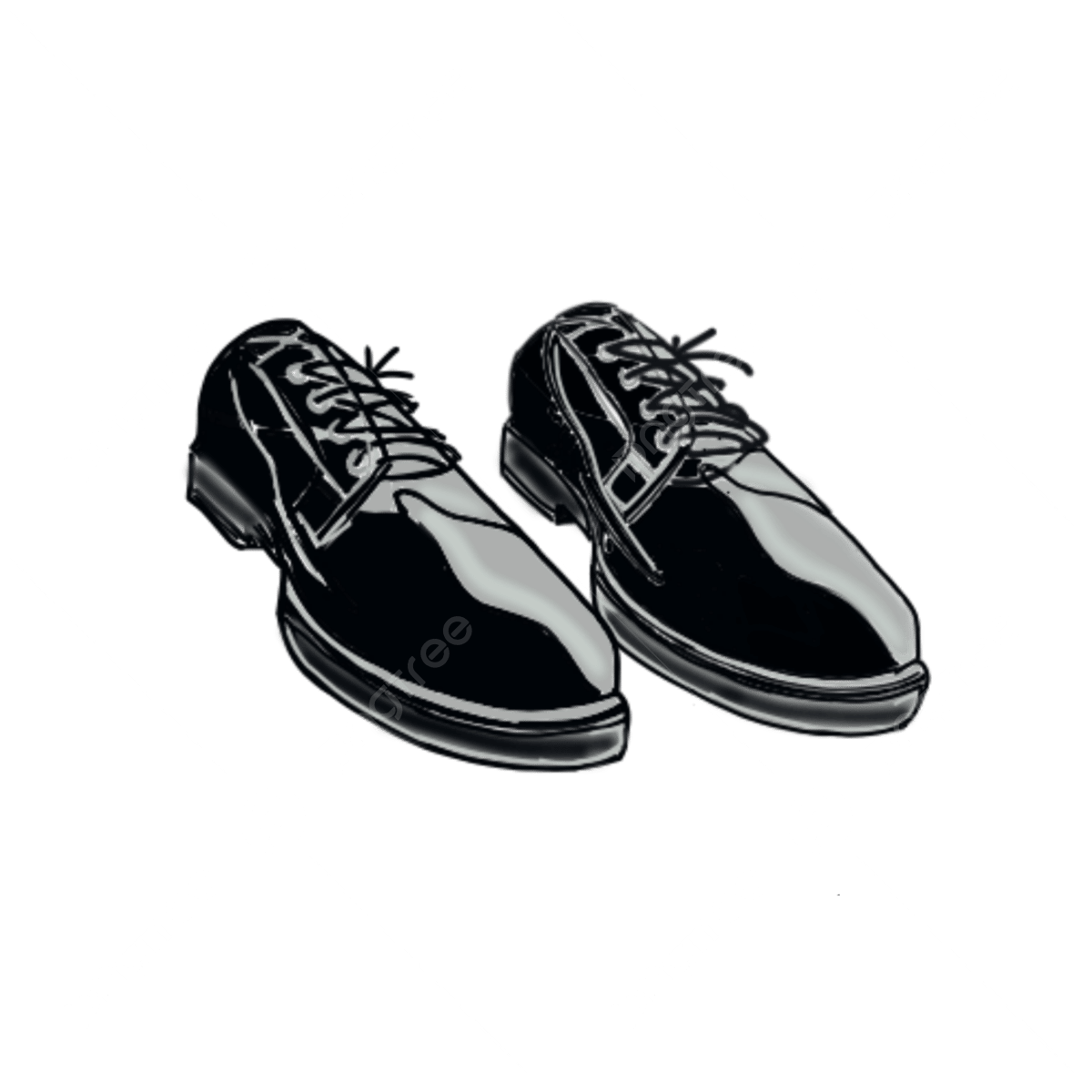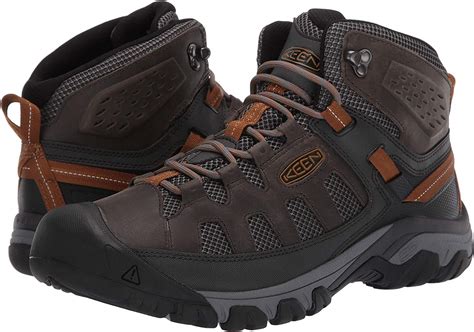5 Winter Sneaker Tips
As the winter season approaches, sneaker enthusiasts face a unique set of challenges in maintaining their collection and keeping their feet both stylish and warm. Winter brings with it cold temperatures, snow, ice, and wet conditions that can be harsh on sneakers, potentially damaging materials and finishes. Furthermore, the need for warmth and grip becomes more pronounced, making the choice of sneaker more critical than ever. Here are five winter sneaker tips to help navigate these challenges, ensuring your sneakers remain in great condition while keeping your feet comfortable and warm throughout the winter months.
1. Choose Materials Wisely
The material of your sneaker can greatly impact its performance in winter conditions. Sneakers made from leather, suede, and nubuck are popular but require extra care during the winter. Water and snow can seep into the pores of these materials, causing discoloration and potentially leading to irreversible damage. If you must wear leather, suede, or nubuck sneakers, consider applying a waterproofing treatment before heading out. This can help repel water and snow, reducing the risk of damage. For a more practical approach, opt for sneakers made from synthetic materials or those specifically designed with water resistance in mind. These can offer better protection against the elements while still providing the style and comfort you’re looking for.
2. Consider Insulation and Warmth
Winter is all about staying warm, and your choice of sneaker can play a significant role in this. Look for sneakers with insulating properties such as Thinsulate or similar technologies that help retain warmth without compromising on style. Some sneakers come with additional features like thermal insoles or heated insoles for extra warmth. If you’re planning to spend a lot of time outdoors, these features can be a lifesaver. Additionally, paying attention to the thickness and breathability of the sneaker’s upper material can also help in maintaining a comfortable temperature for your feet.
3. Traction is Key
One of the most critical aspects of winter sneakers is traction. Ice and snow can make any surface slippery, increasing the risk of slips and falls. When selecting winter sneakers, prioritize those with soles designed for grip. Look for sneakers with deep treads and a rubber compound that remains flexible in cold temperatures. This flexibility is crucial as it allows the sole to maintain contact with the ground, even on uneven or slippery surfaces. Some sneakers are specifically designed for winter conditions, featuring outsoles with unique patterns and materials that enhance grip on snow and ice.
4. Maintain Your Sneakers
Maintaining your sneakers is an often-overlooked aspect of winter sneaker care. Regular cleaning and protection can go a long way in extending the life of your sneakers. After each wear, gently remove any dirt or snow from the surface. For leather and suede sneakers, use a soft brush to remove debris. Apply a protective spray or cream to repel water and stains, but make sure to test a small, inconspicuous area first to avoid any discoloration. For synthetic sneakers, a damp cloth can often suffice for cleaning. Let your sneakers air dry naturally, away from direct heat sources, to prevent damage to the materials.
5. Style Meets Functionality
While functionality is paramount in winter sneakers, style doesn’t have to take a back seat. Many brands now offer winter-specific sneakers that combine the necessary practical features with sleek designs. From waterproof membranes to reflective materials for increased visibility in low light conditions, there’s a wide range of stylish and functional options available. Consider sneakers that can easily transition from casual daily wear to more rugged outdoor activities, offering the versatility that winter demands. Whether you’re into bold statements or prefer more understated designs, there’s a winter sneaker out there to match your style and meet your winter needs.
Conclusion
Navigating the world of winter sneakers requires a balance between style, comfort, and practicality. By choosing the right materials, considering insulation, prioritizing traction, maintaining your sneakers, and selecting styles that meet both functional and aesthetic needs, you can ensure your feet stay warm, stylish, and safe throughout the winter months. Remember, the key to enjoying your winter sneaker collection is preparation and the right mindset towards care and maintenance. With these tips, you’ll be well on your way to embracing the winter season in style and comfort.
How often should I waterproof my winter sneakers?
+It’s recommended to waterproof your sneakers before the first wear and then reapply the treatment every few weeks, depending on how frequently you wear them and the conditions you’re in. This regular maintenance can help extend the life of your sneakers and keep them looking their best.
Can I wear summer sneakers in the winter?
+While it’s technically possible to wear summer sneakers in the winter, it’s not recommended. Summer sneakers often lack the insulation, waterproofing, and traction needed for safe and comfortable wear in winter conditions. Wearing them in snow or ice could lead to slipping hazards and may damage the sneakers themselves. Opting for sneakers specifically designed for winter conditions can provide better protection and performance.
How do I dry my sneakers if they get wet in the snow?
+If your sneakers get wet in the snow, it’s crucial to dry them properly to prevent damage. Remove any excess snow or water with a soft cloth. Then, stuff the sneakers with newspaper or paper towels to absorb moisture from the inside out. Place them in a well-ventilated area, away from direct heat sources like radiators or heaters, and let them air dry slowly. Avoid using a hair dryer or any direct heat, as this can damage the materials or cause them to shrink.



